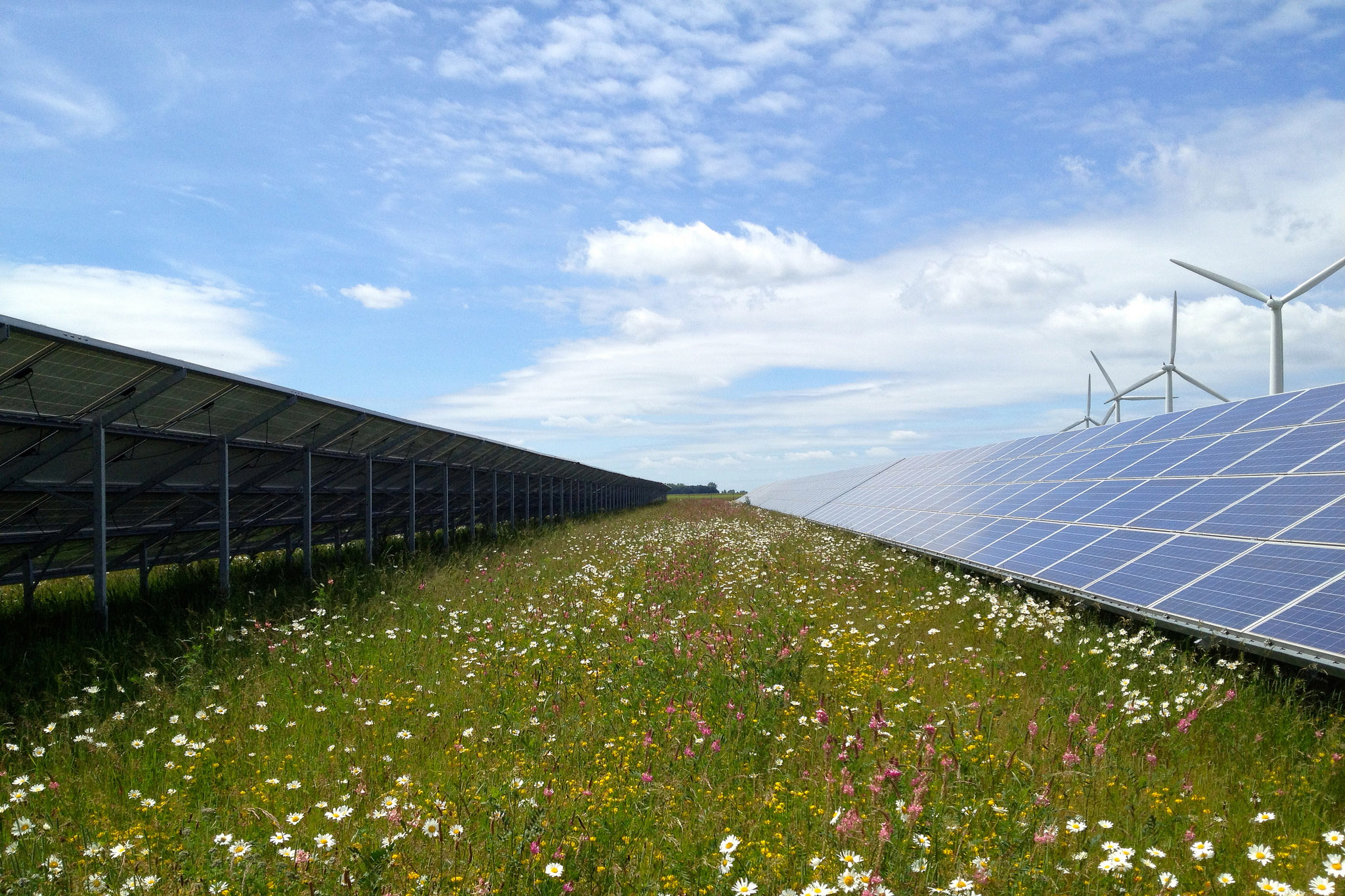This story was originally published on February 20, 2015.
Ted Wiley doesn’t look like your typical company vice president. He’s young and wearing a casual blue sweater. At Aquion Energy’s small warehouse near the river in Pittsburgh, Wiley puts on clear safety glasses and leads me down a ramp and into a room that houses the rotary dial press.
“It’s a 10-ton press, and we use it to press the powders that we make one of the electrodes in our battery with,” Wiley explains.
The machine isn’t really high-tech. Similar models press powder into aspirin. This one spits out black pellets which Wiley describes as, “kind of like one of the sides of an Oreo cookie.”
With each thump of the machine, another electrode is born. It’s where energy is stored in the batteries the company produces in their actual factory in a nearby county.
LISTEN: “Better Energy Storage Gives Renewables a Boost”
The basic battery technology is similar to that found in most rechargeable batteries, like the one in your mobile phone. But those are mostly lithium-ion batteries. They’ve been around for decades. Wiley says they used to be too expensive for common usage.
That changed when handheld devices became popular in the early 2000s. Production ramped up and prices dropped. Wiley says that’s when the batteries became feasible for larger-scale energy storage. And that’s been a game changer for renewables like solar.
“Before it was on the order of 10 [or] 20 times too expensive,” Wiley says. ” Now it’s starting to get to a price point where in certain instances, it looks reasonable.”
That’s especially true in places like California, where solar is a bigger part of the energy mix, and there’s more interest in storing power from the sun.
The rush for better lithium-ion batteries has benefited newer companies like Aquion. Wiley says Aquion has taken battery technology a step further. Their components are more environmentally friendly—they’re water-based. And they’re less expensive to produce than traditional batteries.
Even in Pennsylvania, where there is plentiful and cheap natural gas and coal—and less sun—there’s interest in renewable energy storage. It means solar and wind power can be used as backup during power outages. And with a cleaner carbon footprint.
“I like to say energy storage is the bacon of the grid, because it makes everything better,” says Katherine Hamilton with 38 North Solutions, a clean energy consulting firm in Washington, D.C.
Hamilton says energy storage is so delicious because it helps make the grid more efficient and reliable. Solar panels capture the energy, and batteries hold it until it’s needed.
“I like to say energy storage is the bacon of the grid, because it makes everything better.”
She says the federal government helped create a market for renewable storage a couple of years ago. It allowed for compensation of any system that helps the grid in times of need—like during extreme cold or heat—when people are using more energy.
But Pennsylvania’s leading environmental group says the push for solar storage puts the cart before the horse.
PennFuture’s Evan Endres says solar energy currently comprises less than one percent of the state’s energy.
“The discussion really needs to be about how we get renewable energy on the system than we have right now,” he says.
Endres says when Pennsylvania reaches 12 or 15 percent solar, like in West, then it makes sense to get more excited about storage.
Pittsburgh-based Aquion admits its customer base is currently in sunnier places, like the Caribbean. But they expect other regions to warm up to solar storage in the near future.

